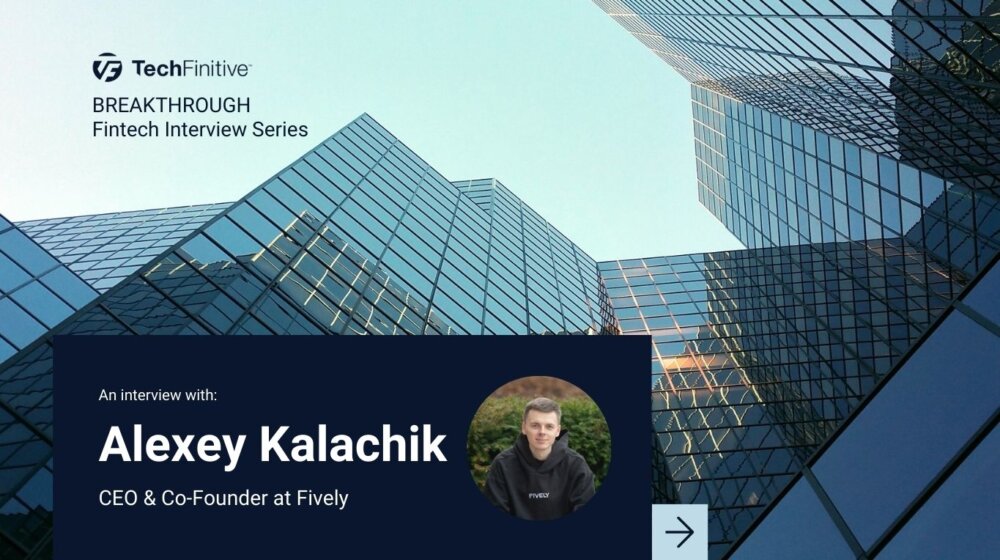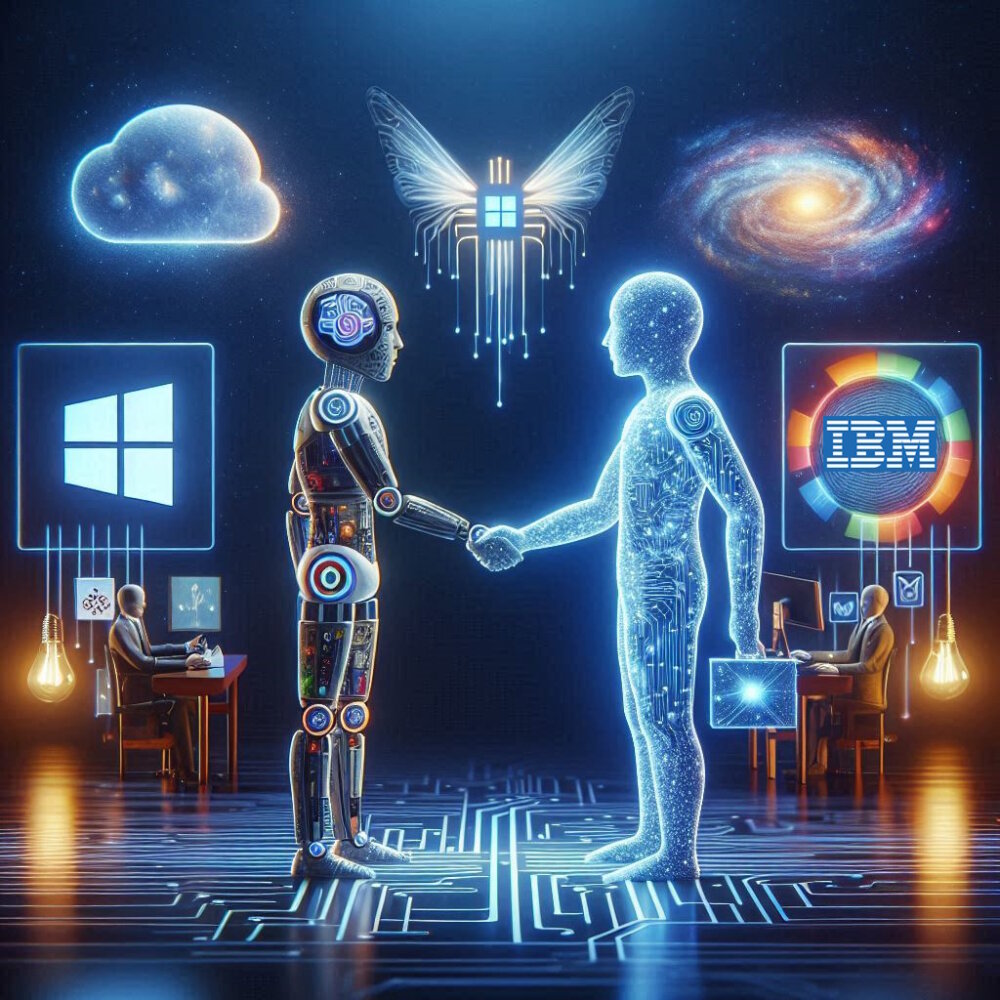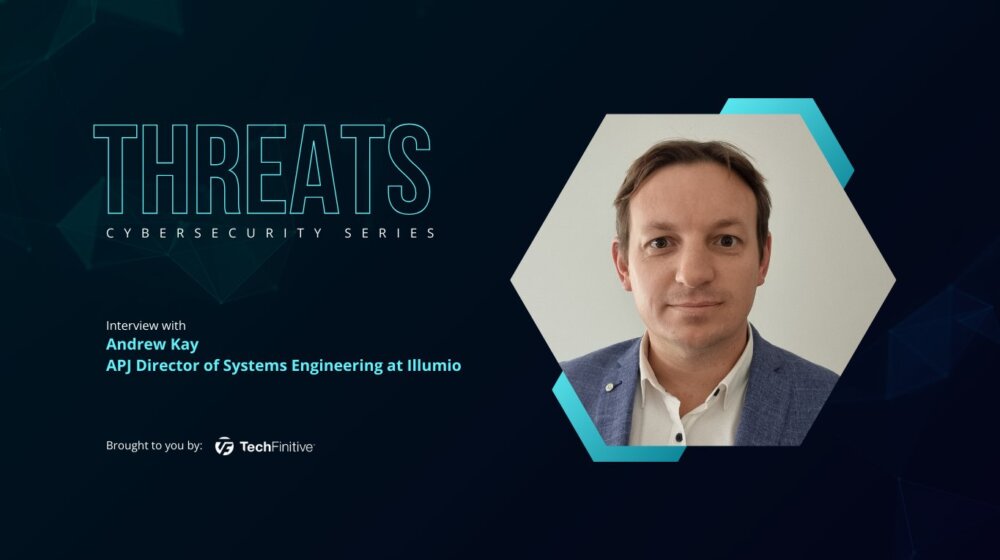
Using VR to train the most dangerous jobs around
Even if you think virtual reality is overhyped, there’s one thing we can all agree upon: it’s the perfect vehicle for recreating dangerous training environments that are otherwise impossible to replicate.
A house on fire. A war zone. A sinking ship. A volcano. A sandstorm on Mars. You name it.
And while many of these scenarios are interesting enough from an entertainment perspective, for those that make a living in those same, very real, live conditions, the stakes are too high to be fun. In addition, you wouldn’t want to be rescued from whatever predicament you found yourself in by someone who’d never been there before.
South Korean company Interact specialises precisely in creating VR environments for some of the most dangerous professions in the world. And its efforts are clearly successful, with South Korea’s National Police Agency presenting it with a Certificate of Appreciation only last December.
At CES 2024, we spoke to one of its developers, who talked us through how the company’s products work and gave us a live demo of their firefighter training modules. Video and interview below, edited for clarity.
Related reading: Yoo Soft aims to disrupt big tech with no-code offering
Could you please introduce yourself and the company?
My name is JinYoung Jang and I’m a developer at Interact, a company based in South Korea.
We provide VR training solutions to companies, so very much a B2B model. We currently partner with South Korea’s military as well as Korean firefighter departments, for example.
How are your clients using your product?
Mostly to simulate dangerous environments. We have developed software that allows users with no knowledge of code to create their own training scenarios. They can customise it to their needs as opposed to having to run the same scenarios over and over again. And because it’s no-code based, it’s very easy to use.
Are there any limitations to what it can create?
Yes, there are some constraints. For example, we work with a predetermined number of presets and 3D objects that can be loaded up. But the action sequences are pretty unlimited. Using a drag-and-drop editor, users can create their own maps with their own mix of objects and action flows that meet the scenarios they are trying to train for.
You mentioned that you are working with firefighter departments in Korea as well as the military. What ambitions do you have overseas?
We hope to establish connections with US Government agencies so that we can replicate our B2B model here in the US. The USA, having such a large population, represents a significant potential customer base, so we’d love to expand our horizons here.
We’ve previously worked on projects in Indonesia and Kyrgyzstan, so an international presence is very much top of mind.
We’ve touched upon the software part of your product – what about the hardware?
We’ve prototyped and developed our own devices, which we make available to our customers. At the moment, our software requires our hardware to run, but in the future, we’d like to make it compatible with any AR/VR type of device, like the Meta Quest or Apple’s Vision Pro. Right now, because we are operating on a B2B model, it’s not as imperative to do so, but it’s definitely on the cards.

We’ve also developed additional hardware, such as controllers, to further improve the experience. For example, this hose (photo below) is a replica of what firefighters use in real life and is what is used during a VR simulation.

Related reading: Apple Vision Pro – does your business need spatial computing headsets?
NEXT UP

Alexey Kalachik, CEO & Co-Founder at Fively: “The potential for digitalisation within insurance is enormous”
We interview serial entrepreneur Alexey Kalachik, CEO & Co-Founder at Fively, on the future of fintech and what makes this space so exciting for startups.

IBM bolsters AI push with Microsoft Copilot launch
In a bid to boost its AI offering, IBM Consulting will enable enterprises to create and manage AI copilots – including Copilot for Microsoft 365

Andrew Kay, Director of Systems Engineering APJ at Illumio: “The most worrying development with ransomware is that it has evolved from simply stealing data to impacting IT availability”
Andrew Kay, Director of Systems Engineering APJ at Illumio, has 20 years’ experience helping organisations strengthen their cyber resilience. We interview him as part of our Threats series on cybersecurity.